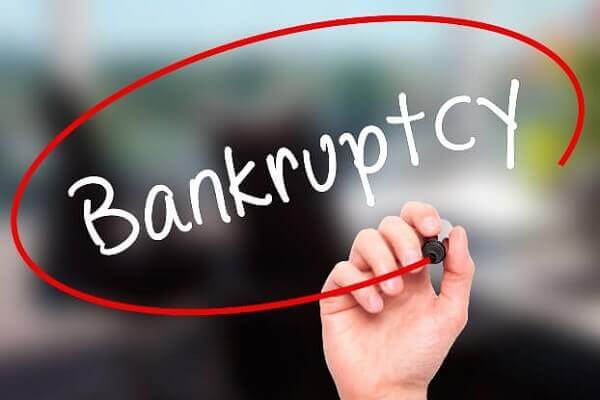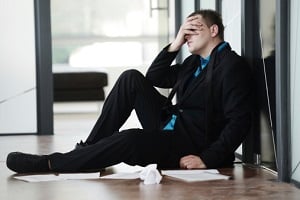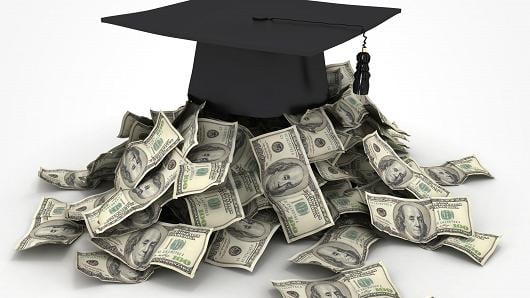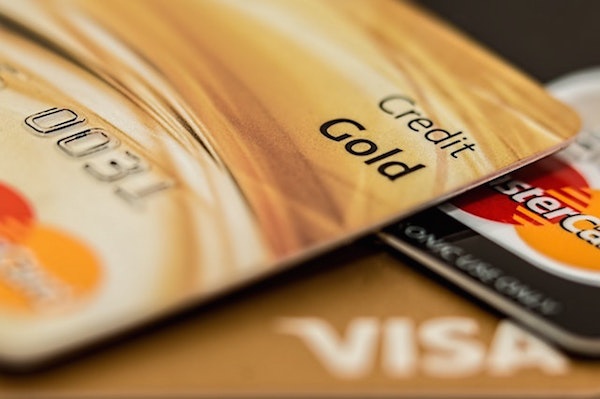While bankruptcy can provide many benefits for consumers struggling with debt, the process can be a confusing one. Specifically, you may hear many terms during your case with which you may not be entirely familiar. It is important to have the assistance and guidance of an experienced bankruptcy attorney who can explain every step of the process, including key bankruptcy terms. In the meantime, the following are some brief definitions of common terms in consumer bankruptcy cases. For information regarding your specific situation, call the Minnesota bankruptcy attorneys at Kain & Scott today.

Common Terms in Consumer Bankruptcy - Part One
While bankruptcy can provide many benefits for consumers struggling with debt, the process can be a...
















